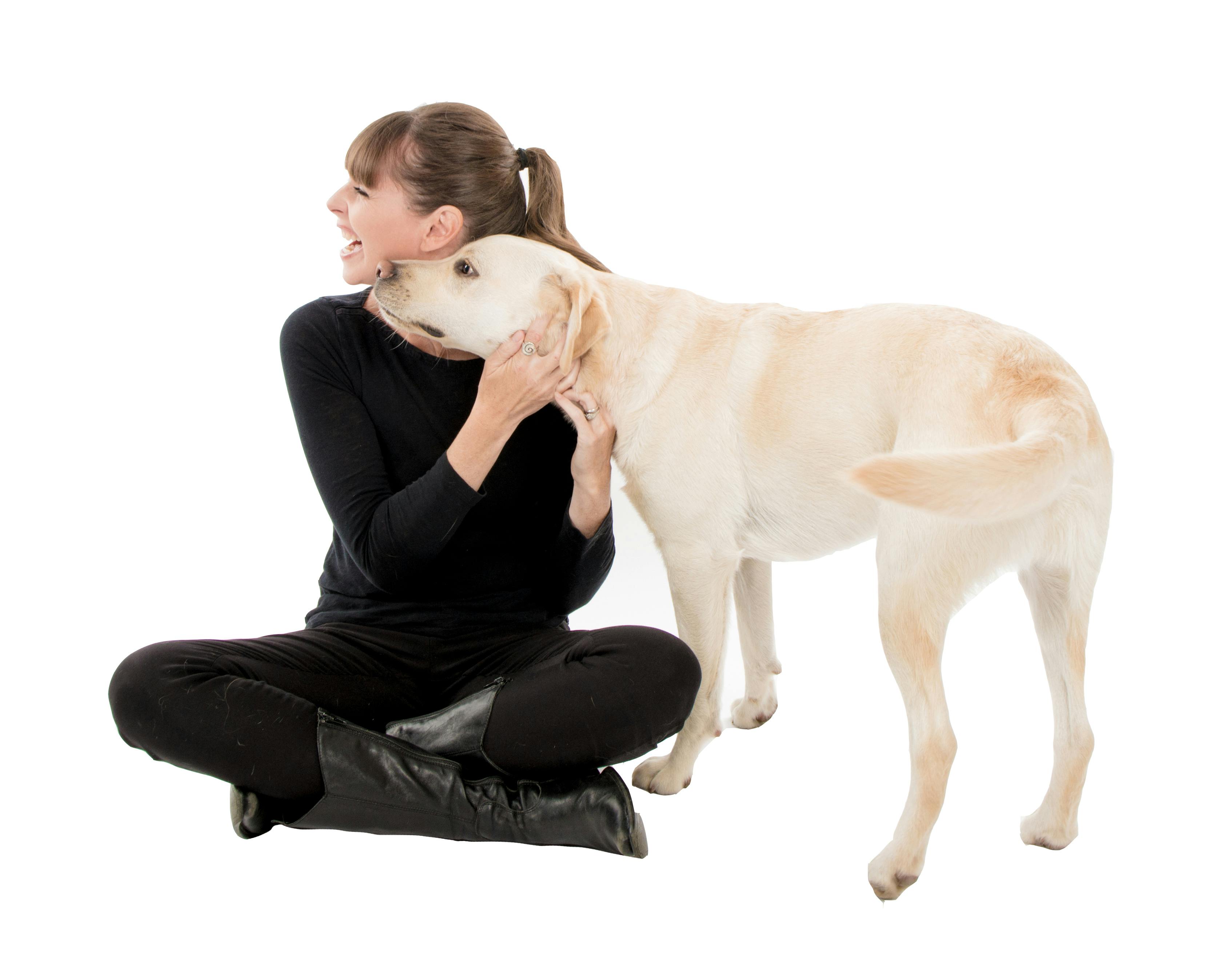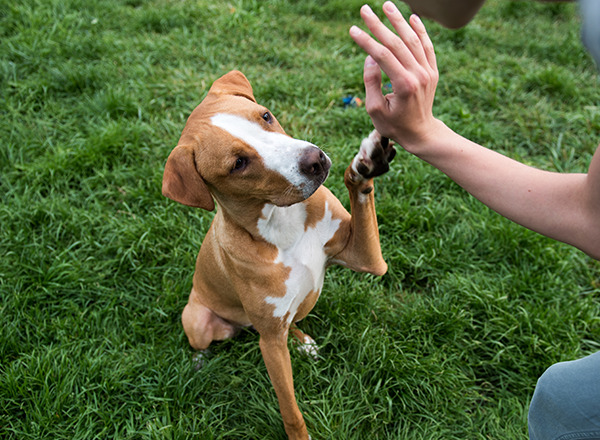Master Crucial Commands: Reliable Dog Training Facilitated
Efficient pet dog training is a basic aspect of accountable pet dog ownership, and mastering crucial commands acts as the structure for a harmonious relationship in between trainer and canine. Commands such as "Sit," "Stay," and "Come" not just facilitate communication however also promote a safer atmosphere. Using positive reinforcement techniques can enhance the knowing experience, yet many deal with obstacles in attaining constant results. Comprehending the nuances of canine behavior and the training process is key; nevertheless, the journey to a well-trained pet often offers unexpected obstacles that require interest. What strategies can genuinely transform these difficulties into opportunities for growth?
Understanding Your Pet dog's Behavior
To grasp the nuances of effective pet training, it is important to break down and examine your canine's behavior. Dog training. Understanding the inspirations behind your canine's activities is essential; actions can stem from instinct, fear, excitement, or a desire for attention. By observing your pet dog in different scenarios, you can determine patterns that might indicate underlying feelings or needs
As an example, a pet that barks excessively may be sharing monotony, anxiousness, or a demand for social communication. Alternatively, a pet dog that displays devastating behaviors could be seeking excitement or relief from anxiety. Acknowledging these triggers permits you to customize your training technique successfully.
In addition, it is vital to consider the pet's breed characteristics, as they can affect habits significantly. Some breeds are predisposed to specific qualities, such as herding or securing instincts, which can influence their reactions to specific stimuli.
Last but not least, consistency in your responses to your pet's actions promotes a better understanding between you and your animal. This mutual understanding is fundamental for developing depend on and promoting a reliable training process that nurtures both behavioral modification and positive support.
Crucial Commands to Educate
Instructing crucial commands is a fundamental facet of efficient canine training, supplying the foundation for a well-behaved and receptive pet. These commands not only improve communication in between the proprietor and the dog yet likewise guarantee security in various settings.
One of the most vital commands include "Sit," which motivates your pet to continue to be fixed and calm; "Stay," which reinforces the idea of remaining in one area up until launched; and "Come," which is crucial for recalling your pet from potentially dangerous circumstances. "Down" teaches pets to rest, advertising relaxation and control, while "Leave it" aids stop canines from grabbing damaging or unwanted things.
" Heel" is another vital command that motivates your pet to walk carefully beside you, enhancing chain manners. Last but not least, "No" acts as a critical boundary-setting command, assisting to deal with unfavorable actions.
Training Methods for Success
Reliable dog training depends greatly on employing a range of methods that cater to both the canine's understanding style and the site link proprietor's training goals. One crucial approach is favorable support, which involves fulfilling preferred actions with treats, appreciation, or play. This technique motivates the dog to repeat those actions, fostering a strong bond in between proprietor and pet.

One more efficient strategy is remote control training, where a distinctive audio, made by a clicker, marks the precise minute a canine executes a desired action. This specific timing helps dogs associate the habits with the incentive, enhancing their understanding.
Consistency is critical in all training techniques. Establishing clear commands and preserving the same cues helps the pet understanding assumptions a lot more rapidly. Additionally, short, interesting training sessions avoid monotony and increase retention.
Incorporating socializing chances is likewise essential. Exposing pets to various atmospheres, people, and various other animals aids them establish confidence and flexibility.
Finally, perseverance plays a substantial role in effective training - Dog training. Each canine learns at their own pace, and comprehending this can lead to a much more enjoyable training experience for both the proprietor find out here now and the canine. Applying these techniques will certainly set the structure for effective pet training
Typical Challenges and Solutions
In spite of the ideal training methods, pet dog proprietors frequently come across usual challenges that can impede progression. When household members utilize various commands for the very same actions, it puzzles the pet, leading to irregular responses.

Furthermore, some pets may show stubbornness or lack motivation. This can frequently be dealt with by including positive support techniques, such as treats or appreciation, to motivate preferred behaviors. Tailoring incentives to what your dog discovers most motivating can substantially enhance their interaction.
Last but not least, worry or anxiousness can impede progress in training. Acknowledging indicators of stress and anxiety and readjusting the training pace appropriately is critical. Employing progressive direct exposure to been afraid stimulations can help develop self-confidence with time, helping with a much more reliable training experience.
Keeping Consistency and Patience
Uniformity and patience are critical in pet dog training, as they form the foundation for accomplishing long-term behavior adjustments. Dogs thrive on routine and clear expectations; thus, preserving a constant approach in commands, benefits, and improvements is essential.
Equally crucial is the duty of perseverance. Educating a pet dog is not an instantaneous process; it requires time and rep. Pet dogs, much like people, have varying learning rates and might not understand commands right away. Trainers must identify this and stay calm, giving support as opposed to disappointment. Positive support plays an important role here, rewarding wanted actions and aiding to foster a trusting relationship between the pet dog and instructor.
Final Thought
Mastering essential commands is essential to reliable dog training, promoting boosted interaction and strengthening favorable actions. The application of favorable reinforcement methods, paired with uniformity and patience, substantially boosts the training experience for both the dog and handler. Attending to usual difficulties with sensible solutions even more sustains the training process. Eventually, a trained pet not just shows good habits however additionally creates self-confidence, adding to a harmonious connection between my sources the pet dog and its proprietor.
Comments on “Proven Obedience training strategies for disciplined dogs.”